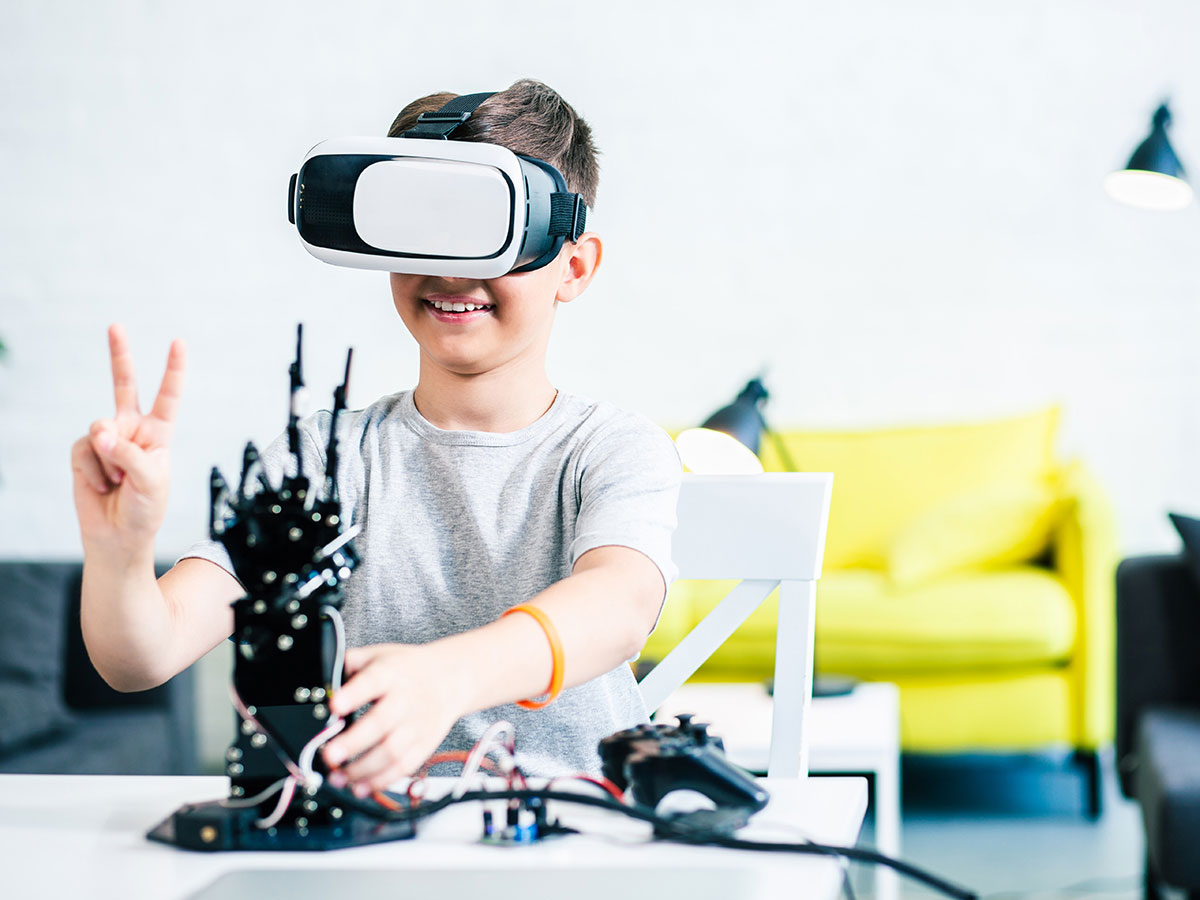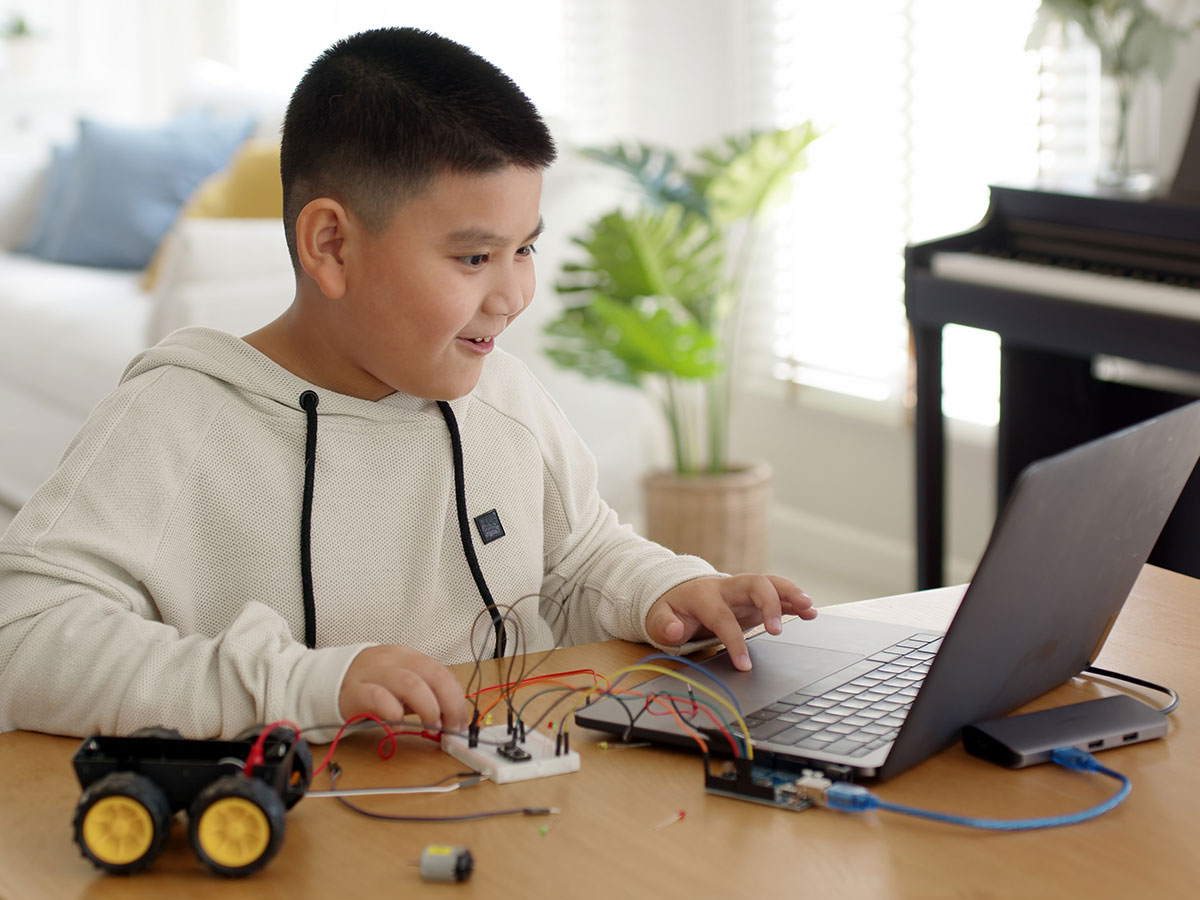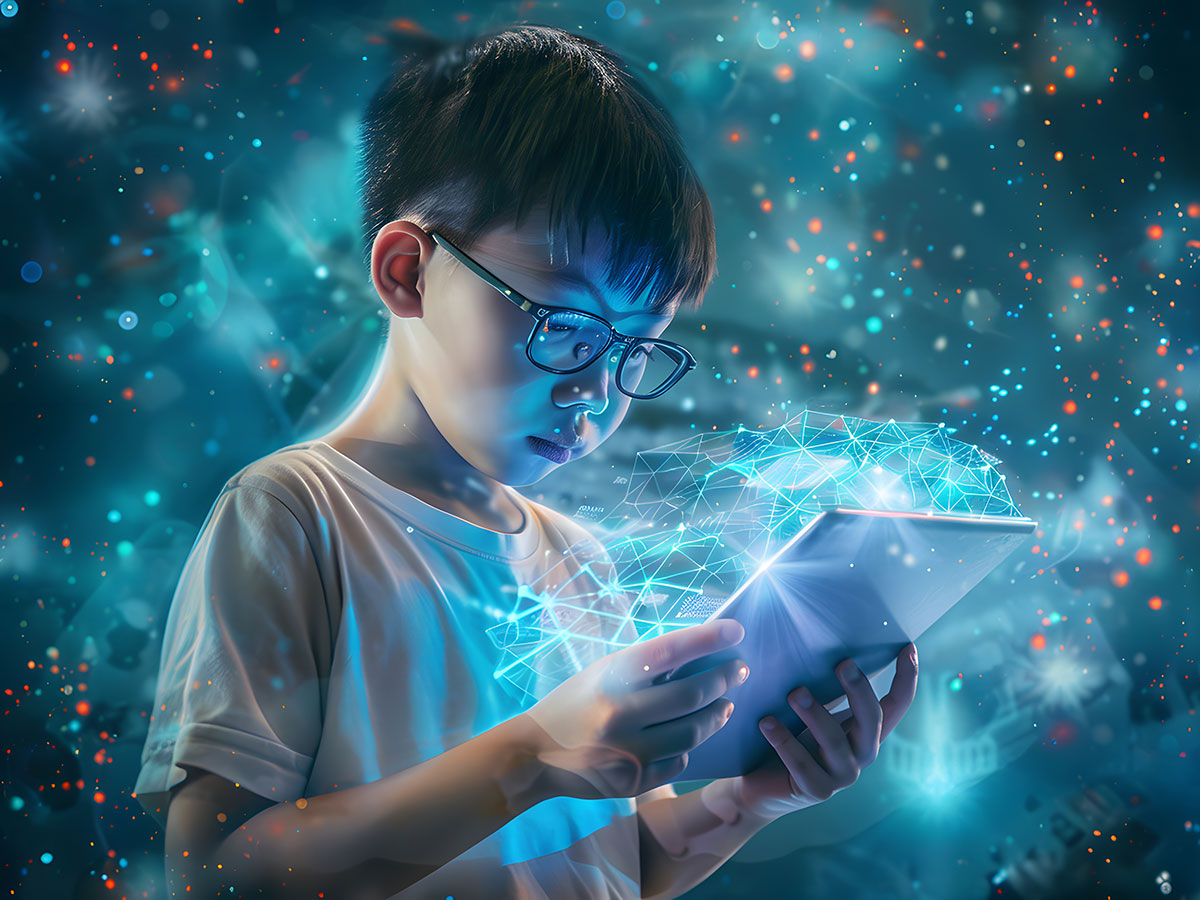
[A future driven by innovative technology] Application of AI, AR and VR in STEM education

Table of contents
- introduction
- Introduction to innovative technologies: AI, AR, VR
- How innovative technologies promote the development of STEM education
- The combination of STEM education development and innovative technology in Hong Kong
- Conclusion
introduction
With the rapid development of science and technology, artificial intelligence (AI), augmented reality (AR) and virtual reality (VR) are no longer just concepts in science fiction novels, but have gradually penetrated into our daily lives.
Especially in the field of education, the application of these technologies is bringing about disruptive changes.

Introduction to innovative technologies: AI, AR, VR
1. Artificial Intelligence (AI)
AI is a technology that mimics human intelligence and is able to perform various tasks through data learning and autonomous decision-making. From intelligent teaching assistants to adaptive learning platforms, AI is changing the way teaching is taught in and out of schools. AI can not only help teachers track students' learning progress more effectively, but also provide personalized learning experiences based on students' needs.

2. Augmented Reality (AR)
AR is a technology that overlays virtual content onto the real world. Through the lens of their mobile phones or tablets, students can see 3D models, text explanations or dynamic demonstrations related to the course in the real world. This technology can help students better understand complex concepts, especially in fields such as biology, physics, and engineering.

3. Virtual Reality (VR)
VR fully immerses students in a virtual environment, allowing them to explore a world separate from reality. Whether entering a microscopic world to observe cellular activity or visiting a historical scene, VR allows students to have an unprecedented learning experience.
How innovative technologies promote the development of STEM education
Application of AI in STEM Education
AI technology is not only an auxiliary tool in STEM education, but also a core transformer of knowledge transfer. Through the AI-driven learning platform, students can receive personalized learning suggestions, and the system can automatically adjust the content difficulty according to the students' learning progress, helping children master knowledge more effectively. For example, AI programming teaching aids shorten the learning curve for children by automatically guiding students to write code and providing instant feedback. Such technology can not only improve students' learning efficiency, but also stimulate their long-term interest in technology and science.
Innovative Application of AR in STEM Teaching
AR technology provides a more dynamic and interactive way for STEM learning. For example, when studying the structure of the human body, students can use AR technology to "see" 3D organ models and even observe how they work. This intuitive learning method allows students to have a more concrete understanding of abstract theories. For young students, AR technology can connect toys with learning content, allowing children to master basic scientific concepts while having fun. This not only enhances the fun of learning, but also improves their concentration and participation.

VR provides immersive experience for STEM learning
VR technology has completely changed the way of learning. Through immersive learning experience, it allows students to experience scientific phenomena in an immersive way. For example, students can "enter" the universe and observe the movement of planets in virtual space, or simulate chemical reactions in the laboratory. These virtual environments allow students to engage in hands-on practice, thereby better understanding abstract theories and concepts. This immersive experience not only enhances students’ interest in learning, but also allows them to explore and experiment in a risk-free environment, developing problem-solving skills.

The combination of STEM education development and innovative technology in Hong Kong
In Hong Kong, STEM education is increasingly incorporating innovative technologies to enhance learning outcomes and encourage students’ interest in science and technology. For example, many schools in Hong Kong have begun to introduce AI and AR technologies in the classroom to provide students with more practical opportunities.
In addition, the government and educational institutions also actively support STEM-related science and technology activities and after-school interest classes, giving children more opportunities to be exposed to these cutting-edge technologies. For example, AI programming courses, AR mathematics teaching tools, and VR laboratories are currently being actively promoted by many schools.

In terms of family education, parents are increasingly aware of the importance of innovative technology to STEM education, and choose to buy STEM toys that can inspire their children's creativity and logical thinking. These toys not only allow children to learn while having fun, but also help them understand complex concepts such as AI programming, engineering design, and mathematical principles. By combining it with innovative technology, children can acquire important skills for the future at an early age.
Conclusion
Innovative technologies such as AI, AR and VR are subverting the traditional STEM education model, providing children with more flexible, diverse and specific learning methods. With the further popularization and development of these technologies, STEM education in Hong Kong will continue to usher in new opportunities, and these technologies will become indispensable tools in future teaching.
By integrating innovative technology and STEM toys, students will find more fun and challenges in the fields of science, technology, engineering and mathematics, laying a solid foundation for their future.

Conclusion
Innovative technologies such as AI, AR and VR are subverting the traditional STEM education model, providing children with more flexible, diverse and specific learning methods. With the further popularization and development of these technologies, STEM education in Hong Kong will continue to usher in new opportunities, and these technologies will become indispensable tools in future teaching.







